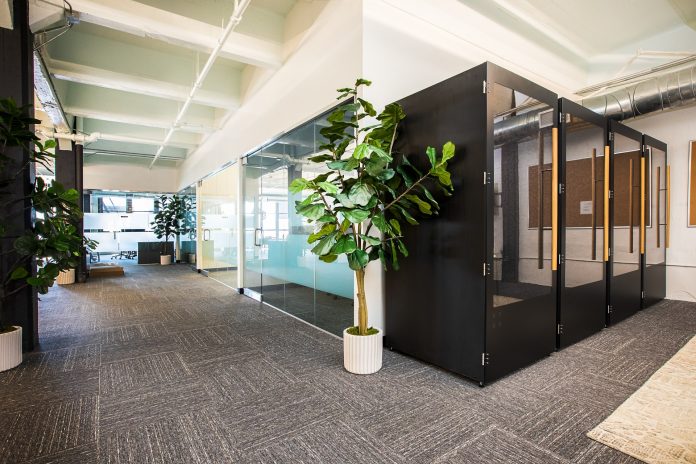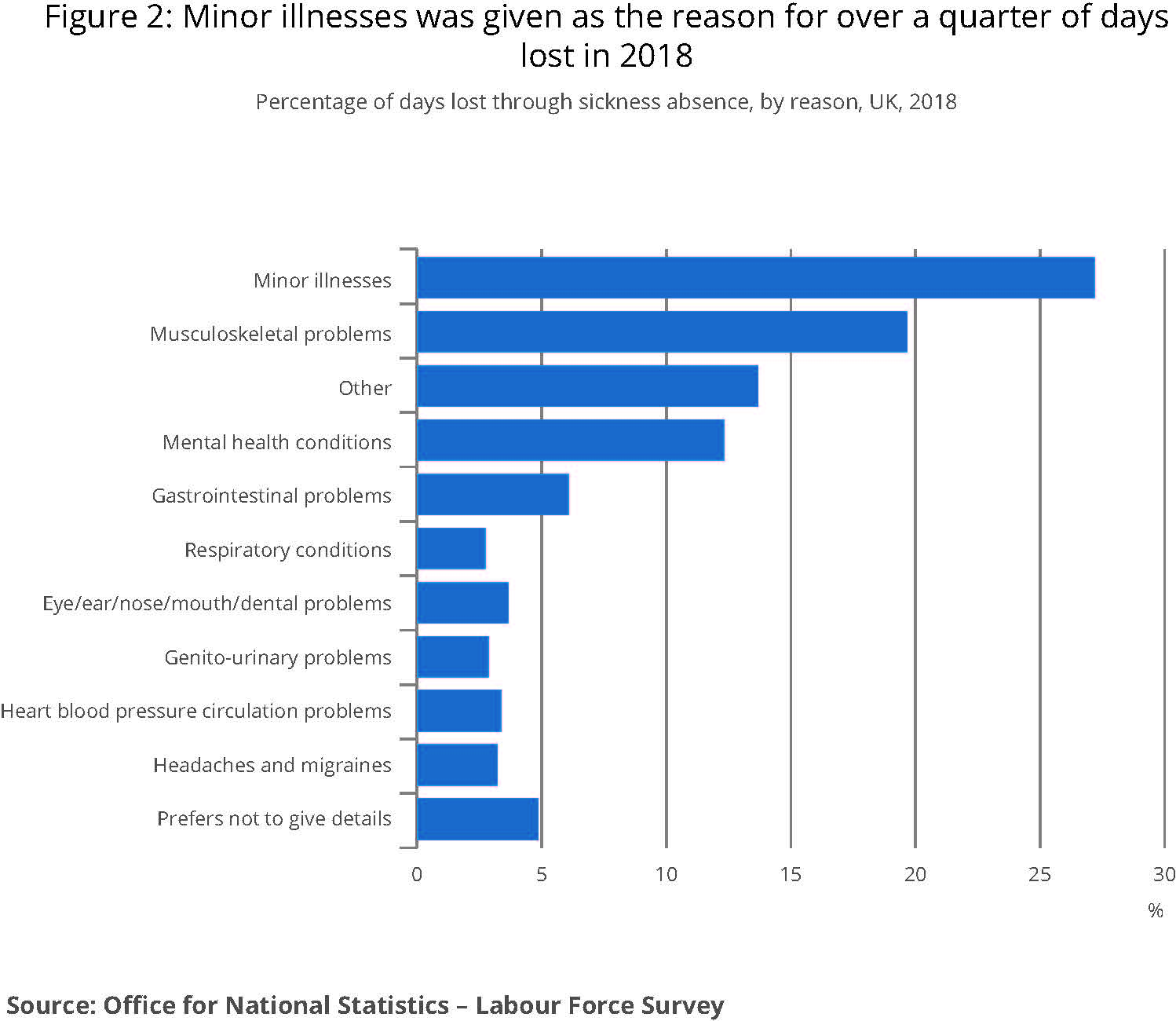Paul Wells, CEO of intelligent building solutions provider, IM&M, explores the importance of addressing wellness in the workplace
Given the recent worldwide issues and the new way of working, the “wellbeing” of people is probably more important today than it has ever been before. More importantly, we need to look at how the environment can enhance the way people work and improve not just their productivity but also their wellness.
We need to get people back to work safely and give them the confidence that when they return the environment won’t be circulating air that could be contaminated, that it has been thoroughly checked and assessed, and most of all people need reassurance that it is safe.
As an employer you want to ensure safety, but you also want to improve your efficiencies, increase productivity, and reduce your costs where possible. Assessing your workplace can enable all of this and more.
Flexible working helps, but buildings need to be adaptable to allow people to work in different ways. From agile breakout areas, to booking a desk in a quiet zone, buildings need to contribute to better wellbeing and in return, they will deliver increased productivity and less sick days.
The importance of healthy working environments
We hear a lot about wellness in the workplace, but why is it so important or is it just another fad? The office of national statistics reported that in 2018, 141.4 million working days were lost because of sickness or injury in the UK.
Minor illnesses were the most common reason for sickness absence in 2018, accounting for 27.2% (38.5 million days) of the total days lost, followed by musculoskeletal problems, at 19.7% (27.8 million days) and mental health at 12.4% (17.5 million days).
Whilst the figures have been in decline since 2010, these are still substantial numbers and equate to 4.4 days sick per worker every year. We believe that one of the major reasons for these absences is due to the office environment that people are working in, from migraines to eye strain and back pain to stress.
There have been numerous studies into what makes people feel comfortable and happy in the workplace and they all conclude that there is no one simple answer. It is a complex myriad of items that go together to create a positive or negative working environment.
A recent study published by Health and Wellbeing concluded that “64% of people thought that their working environment had a negative impact on their health, with a further 45% claiming their employer did not offer the equipment needed to make them feel comfortable at their desk.”
So, what can we do about wellness in the workplace?
The WELL standard is the benchmark for creating a good working environment, but before we all rush out and try to get Platinum accreditation, we would suggest knowing what you have, what works as well as what does not work. Once we know where the problems are, we can start to see how we can adapt our environments to make them better for the people who have to use them.
Our recommendation is to take a holistic approach from talking to the employees, to actually analysing the environment that people are working in. We will leave the HR side to our partners who are far more qualified than us to help in this endeavour and concentrate on our forte which is the actual analysis of the environment, so that you can make informed decisions backed up by real statistics.
As a minimum we would recommend statistically monitoring the effectiveness of the following aspects over time, as any of these working inefficiently could have a negative impact on the wellbeing of your staff:
- Light levels
- Temperature & Humidity
- Noise levels
- Occupancy levels
- Air Quality
- Oxygen levels
- Carbon Monoxide
- Carbon Dioxide
- Particles in the air PM 2.5 & PM 10
- Air pressure
- Biogenic Volatile Organic Compounds (BVOC)
How do you do it?
You start by assessing what you have and how it is used: from how the lights work through to looking at the impact of the airflow, energy, water, heating and cooling and a host of other metrics to work out how your building is performing.
It’s only when you have a clear picture and fully understand the current environment that your changes will start to deliver real tangible business benefits for you and your staff.
For more information on how we can help measure your environment contact us at info@immsuite.com or http://www.immsuite.com/government/
Please note: This is a commercial profile












